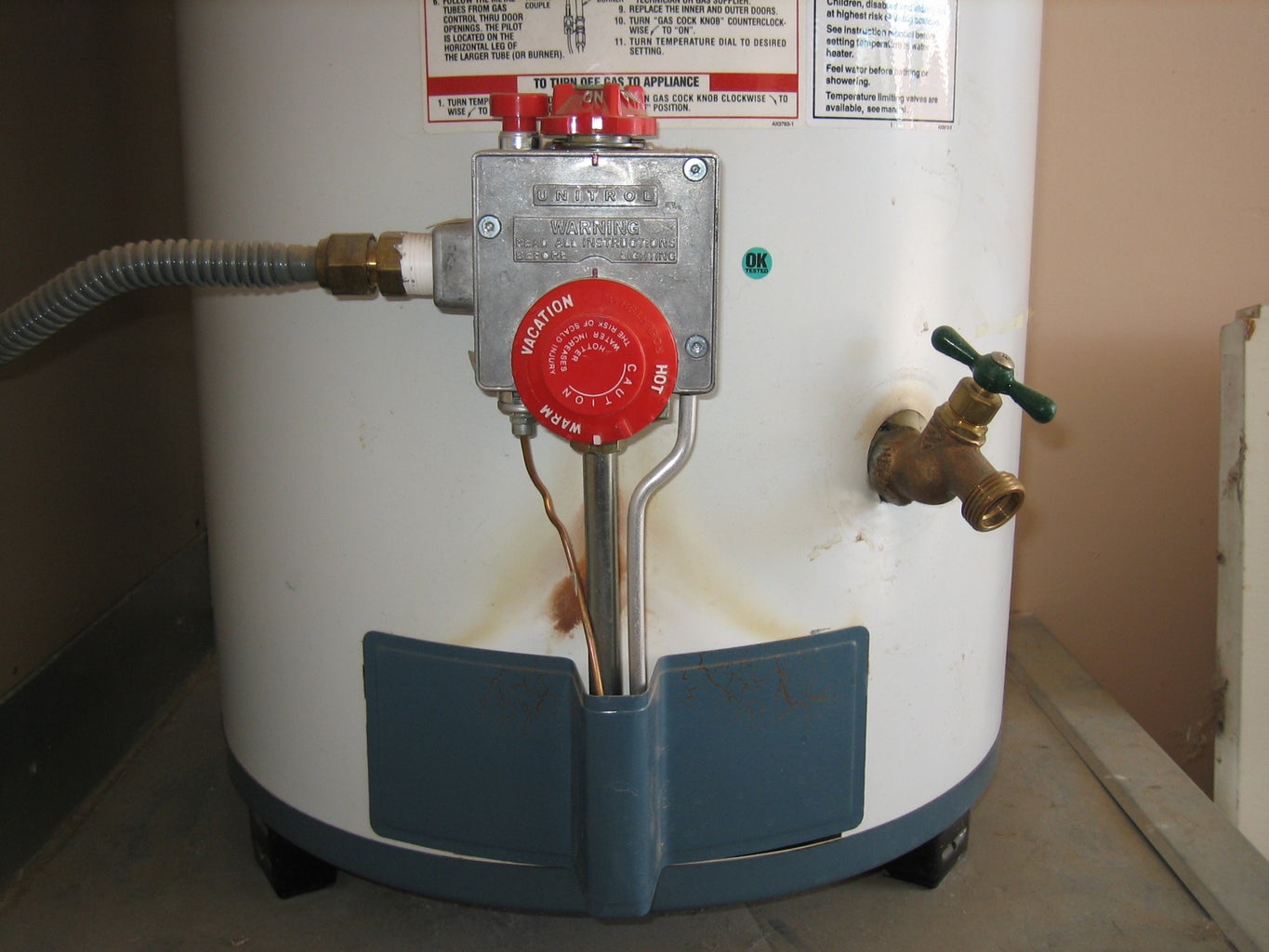Steps to Extend the Life of Your Home's Hot Water System Through MaintenanceBest Practices for Maintaining Your Home's Hot Water System
Steps to Extend the Life of Your Home's Hot Water System Through MaintenanceBest Practices for Maintaining Your Home's Hot Water System
Blog Article
What're your insights and beliefs on Tips on Maintaining a Water Heater?

Hot water is crucial for day-to-day convenience, whether it's for a refreshing shower or cleaning meals. To ensure your warm water system runs effectively and lasts longer, routine maintenance is key. This write-up supplies useful pointers and understandings on how to keep your home's warm water system to stay clear of disruptions and pricey repair work.
Intro
Preserving your home's warm water system may seem challenging, however with a couple of basic actions, you can ensure it runs smoothly for several years to come. This guide covers every little thing from understanding your warm water system to do it yourself maintenance tips and understanding when to call in professional assistance.
Relevance of Preserving Your Warm Water System
Regular upkeep not just prolongs the life-span of your hot water system yet also guarantees it operates efficiently. Ignoring maintenance can cause reduced efficiency, higher power expenses, and even premature failing of the system.
Indicators Your Hot Water System Demands Upkeep
Knowing when your hot water system requires attention can avoid significant issues. Watch out for signs such as inconsistent water temperature, odd noises from the heating system, or rusty water.
Purging the Hot Water Heater
Flushing your hot water heater eliminates debris accumulation, boosting effectiveness and lengthening its life.
Checking and Changing Anode Rods
Anode rods stop corrosion inside the tank. Evaluating and replacing them when worn is essential.
Facility Issues Requiring Expert Help
Examples consist of major leaks, electric problems, or if your hot water heater is continually underperforming.
Routine Expert Upkeep Benefits
Professional maintenance can include detailed inspections, tune-ups, and ensuring compliance with safety and security criteria.
Evaluating and Readjusting Temperature Level Settings
Changing the temperature level settings makes certain optimum efficiency and safety.
DIY Tips for Maintenance
You can execute numerous maintenance tasks yourself to keep your warm water system in leading problem.
Looking for Leakages
Frequently examine pipelines and connections for leaks, as these can result in water damage and greater expenses.
Understanding Your Warm Water System
Before diving right into maintenance tasks, it's handy to recognize the fundamental parts of your hot water system. Generally, this includes the water heater itself, pipelines, anode poles, and temperature controls.
Month-to-month Maintenance Tasks
Normal regular monthly checks can help capture minor concerns prior to they escalate.
Evaluating Pressure Alleviation Valves
Evaluating the stress safety valve guarantees it functions appropriately and avoids excessive pressure build-up.
Protecting Pipelines
Protecting warm water pipes decreases warmth loss and can conserve energy.
When to Call an Expert
While DIY upkeep is advantageous, some problems call for specialist competence.
Verdict
Regular upkeep of your home's hot water system is necessary for efficiency, durability, and price financial savings. By following these tips and recognizing when to seek specialist assistance, you can ensure a trusted supply of hot water without unforeseen disruptions.
How to Maintain an Instant Hot Water Heater
Before tinkering with your hot water heater, make sure that it’s not powered on. You also have to turn off the main circuit breaker and shut off the main gas line to prevent accidents. Also turn off the water valves connected to your unit to prevent water from flowing into and out of the appliance. 2. When you’re done, you have to detach the purge valves’ caps. These look like the letter “T” and are situated on either side of the water valves. Doing so will release any pressure that has accumulated inside the valves while at the same time avoid hot water from shooting out and burning your skin. 3. When the purge valves’ caps are removed, you have to connect your hosing lines to the valves. Your unit should have come with three hoses but if it didn’t, you can purchase these things from any hardware or home repair shops. You can also get them from retail stores that sell water heating systems. Read the user’s manual and follow it to complete this task properly. When the hosing lines are connected, open the purge port’s valves. 4. You should never use harsh chemical cleaners or solutions when cleaning your unit. Make use of white vinegar instead. It should be undiluted and you’ll probably use about 2 gallons. 5. Now flush your water heater. This task should probably take about 40 minutes. We can’t give you specific directions for this because the procedure is carried out depending on the type, model and brand of your heater. With that being said, refer to the user’s manual. 6. When you’re done draining the unit, you have to turn off the purge port valves again. Remove the hosing lines that you earlier installed on each of the water valves. Put the valve caps (purge port) back in their respective places and be very careful so as not to damage the rubber discs that are found inside these caps. 7. Now that everything’s back in place, check your user’s manual again to find out how to reactivate your water heating system. 8. Once it is working, turn one of your hot water faucets on just to let air pass through the heater’s water supply pipes. Leave the tap on until water flows smoothly out of it. https://www.orrplumbing.com/blog/2014/september/how-to-maintain-an-instant-hot-water-heater/

As an enthusiastic person who reads about How to Maintain Your Water Heater & Prolong its Life, I was thinking sharing that section was worthwhile. Sharing is caring. One never knows, you will be doing someone a favor. Thanks for going through it.
Call Today Report this page